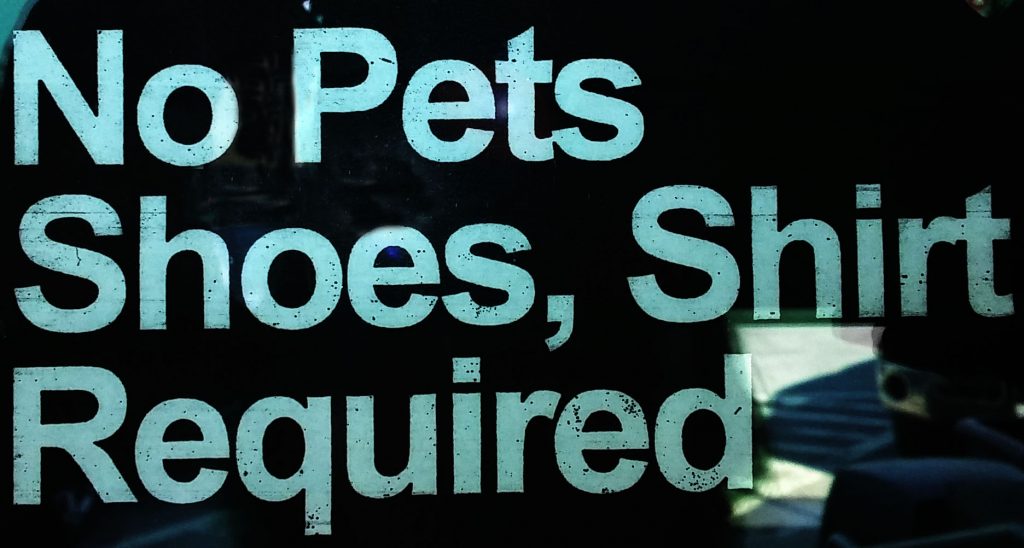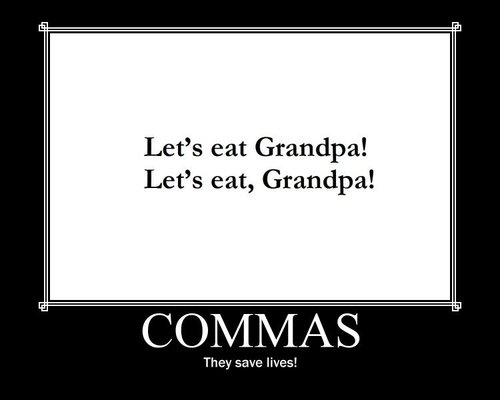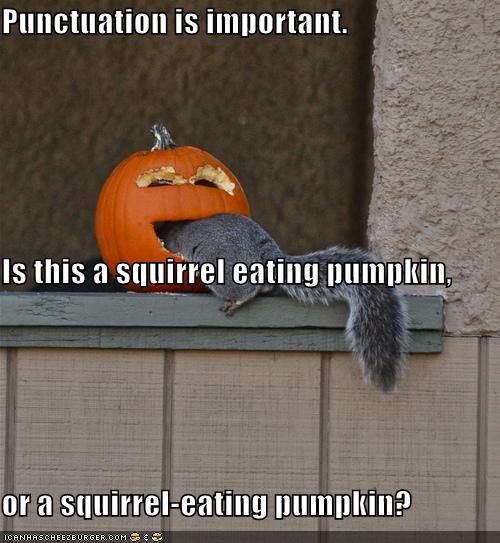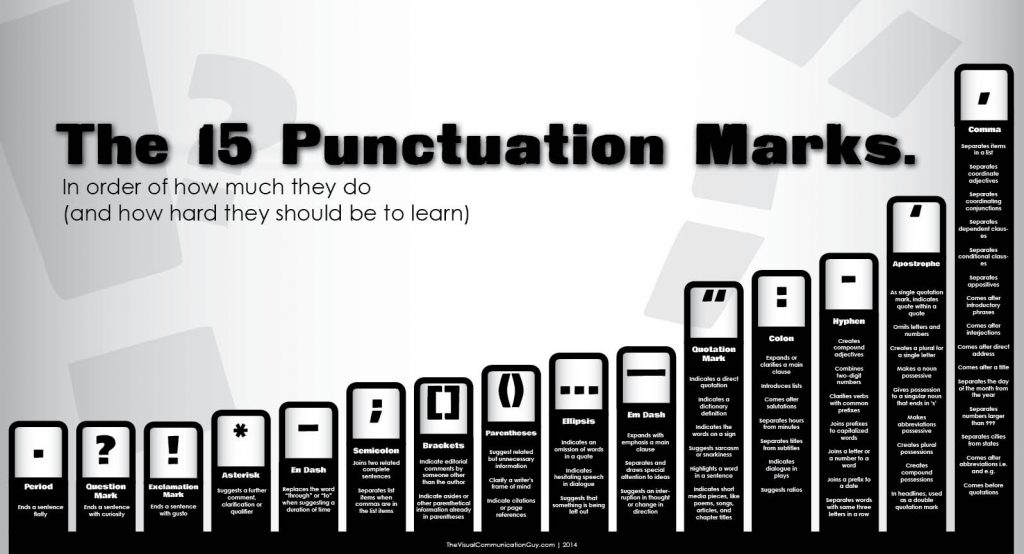We have just received our seven hundredth manuscript!

Get Inspired. Create. Tell Your Story.
Interestingly enough, a quick peek at our records reveals that Sara received her very first manuscript to edit exactly ten years ago today—May 8, 2009.
Said another way, that is 650 books in 520 weeks. That equates to an average of 1.25 full-scale books every single week for ten consecutive years.

In books, classes, or seminars that teach writing techniques, writers often hear this tip:
Use active voice rather than passive voice.
While this is frequently recommended, as with many other writing suggestions, there are cases when writers disregard it.
Before we discuss those cases, it’s important to understand the difference between the active voice and the passive voice.
As the name implies, the active voice refers to writing where the subject of the sentence performs the action. Alternatively, passive voice refers to writing where the subject of the sentence is acted upon by the verb.
For example, observe the comical slogan on this Piggly Wiggly T-shirt, which demonstrates the active voice:

In this case, the subject (I) performs the action (dig) on the object (pig).
In passive voice, however, the sentence could be written thus:
The pig is dug by me
In this case, the subject in the sentence (pig) remains passive and receives the action (dug) by the object (me).
According to The Chicago Manual of Style (5.115 in the sixteenth edition; 5.118 in the seventeenth) and other sources, active voice should be used over passive voice, but not in all circumstances. What are some of those cases?
Here is one example from Chicago:
The choice between active and passive voice may depend on which point of view is desired. For instance, the mouse was caught by the cat describes the mouse’s experience, whereas the cat caught the mouse describes the cat’s.
The University of Wisconsin–Madison’s Writing Center provides another example, to keep the subject and focus consistent:
The data processing department recently presented what proved to be a controversial proposal to expand its staff. After long debate, the proposal was endorsed by …
(Source: https://writing.wisc.edu/Handbook/CCS_activevoice.html)
Do you have other examples of passive voice or situations where passive voice can be beneficial? Drop us a line and tell us!
Today marks an exciting day here at ScriptAcuity Studio! We have received our 600th full-scale manuscript!
Many, many thanks to Hanna Kjeldbjerg, creative director with Beaver’s Pond Press, for this honor! (Hanna, this is redeemable for one free stay with us wherever we happen to be!)
This is technically our 839th editing project when we account for some of our very short projects such as children’s books, web-based educational content, résumés, and the like since the company’s founding.
We have also surpassed the 43,000,000-word mark. This is of particular note given that we conduct multiple rounds of edits on every manuscript, meaning that those same 43 million words have all been edited multiple times.
Help us celebrate!
We hope you enjoy the latest issue of Quill & Ink, in which we discuss many of the places we’ve been in our first year on the road, as well as the challenges and losses we’ve faced. As always, thanks for reading!
(Please click the image to view the latest issue.)
Please enjoy, and drop us a line with any questions, comments, or suggestions!

We’ve officially crossed the forty million–word mark!
That’s 40,000,000 words!
Forty million is more than twice the number of books in the Library of Congress.
Forty million is more than the number of miles between Mercury and Venus.
Forty million is more than the number of gallons of water in sixty Olympic-sized swimming pools.
Forty million is more than the number of pounds weighed by more than one hundred blue whales.
Forty million is more than the population of more than 161 nations in the world.
Forty million is more than the number of hours in 4,566 years!
We love what we do!
Editing for a living is great for many reasons, one of which is that there is such rich comedic material seemingly everywhere we look because we can’t turn off our editorial propensities. Take this rest-area notice, for example, discovered along our recent travels:

Okay, so this tragically punctuated sign is funny, but many might ask, “So what? Most people understand the idea, right? What’s the big deal?”
Fair enough, theoretically; not everyone cringes (or, in our case, laughs heartily) at poor punctuation, and not everyone even notices it.
But is $5 million a big deal?

In this February 9, 2018, Boston Globe article, the importance of proper punctuation was underscored. Oakhurst Dairy recently paid out $5 million to drivers following an overtime pay dispute based, in essence, on the lack of the serial comma (also called the Oxford comma) in Maine state law.
That, friends, is a lot of milk and butter.

If your curiosity is piqued, check out the article for the nitty-gritty. Suffice it to say that the three truck drivers who homed in on the lack of a serial comma in that particular section of Maine state law and subsequently won $5 million for their four years’ worth of denied overtime pay should make every English teacher—and every editor—proud.
For more Quill & Ink fun with examples of punctuational disasters, check out our article “Happy National Punctuation Day!” from September 2017 and our September 2016 article, “Huh?”
Grammar and punctuation . . . they matter! Ignore at your peril!
One of the blessings of editing for a living is the unintentional hilarity that is so often peppered throughout our workdays when we discover words and phrases used in ways the authors had not intended. Recall from our September 2016 article “Huh?” that when words are strung together without clear intention, the message conveyed to readers is often not at all what the author had in mind. One of the many perks of this career is finding amusement in those unintended messages.
One rich source of seemingly unceasing amusement is the dangling modifier.
What is a dangling modifier (also called a misplaced modifier)?
Well, let’s start by explaining what modifiers are: in essence, they are words (and sometimes phrases) that provide additional detail and description about something. The often amusing dangling modifier, however, is one that leaves unclear that which is being modified.
While of course we would never use our authors’ working drafts to illustrate our point, it is always fair game to point out other examples already available for public consumption. Consider, for instance, this jim-dandy, which was intended as instructions for bottle-feeding a baby:

Courtesy of http://badnewspaper.com/2017/07/06/writing-skills-101/.
See anything wrong with this phrasing? (We sure hope you do if you have anything at all to do with feeding babies!)
As we’ve mentioned, while dangling/misplaced modifiers are often confusing, for editors in particular, they are also often downright hilarious. Here are some fantastic examples provided by the University of Wisconsin–Madison:
Or these, offered by Eddie Snipes:
As we’ve mentioned before, a big part of our job is to focus on an author’s intent and try to assist in selecting the most appropriate words to convey an intended message. Please check out our June 2016 article “What We Mean and What We Say” for more about this. By working with writers to increase their work’s clarity, editors can help writers to present themselves and most accurately impart their message, as we explained in our July 2014 article “Can’t You Just Run a Spell Check?”
Any thoughts to share? Questions? Reach out to us!
Behold! The latest and greatest issue of Quill & Ink is now available! In this issue, we talk about our most recent travels and the people and creatures we’ve encountered there. There is plenty to read and enjoy, and also check out our new layout and let us know what you think!
(Please click the image to view the latest issue.)
Please enjoy, and drop us a line with any questions, comments, or suggestions!
I want to change my punctuation. I long for exclamation marks, but I’m drowning in ellipses.
—Isaac Marion, Warm Bodies
September 24 is National Punctuation Day, started in 2004 by Jeff Rubin.
We, of course, work with punctuation all day, every day, and we’ve laughed quite hard over countless linguistic mishaps resulting from the incorrect use or even the omission of necessary of punctuation. (Please feel free to check out past Quill & Ink articles discussing the intricacies of punctuation, including this one from 2016, this one from 2015, and this one from 2014.) Because we of course we would never underscore any examples of this from our own authors, consider taking a moment to reflect on these amusing examples already published for public consumption:



While admittedly sources vary somewhat on the official number of punctuation marks in the English language, the following beautifully presented graphic is pretty representative of what we see in a typical day.

Go forth and punctuate!